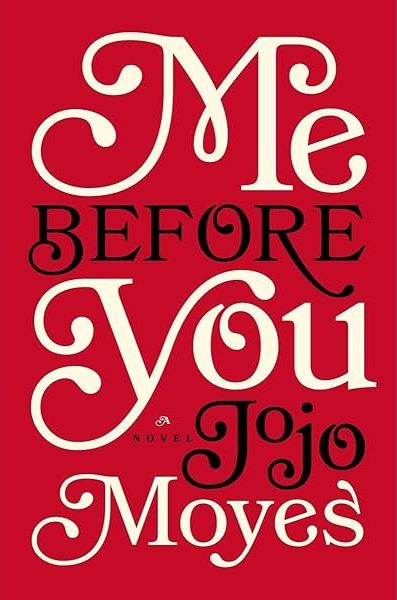The History of Leap Year
February 27, 2020
Leap year occurs every four years, adding an extra day to February. Most people won’t even acknowledge this, but if they do, the reason as to why might come into question. After some research, here is what I’ve discovered.
Leap year began in Egypt, and now we use it to keep our calendars in sync, as well as our society. The concept of leap year was proposed to end the confusion of trying to sync calendars with the natural length of a year. According to John Lowe, leader of the National Institute of Standards and Technology (NIST)’s Time and Frequency Division, the issue is that “the number of Earth’s revolutions about its own axis, or days, is not equal to or connected in any way to how long it takes for the Earth to get around the sun.” A year is approximately 365.2422 days long. As a result a calendar comprised of whole days cannot match that number. Attempting to ignore that small fraction of a day can result in even larger problems. A long history of wildly shifting dates and accompanying civil, agricultural, and religious chaos is where the evidence lies. Due to this, most of the modern world has adopted the Gregorian calendar, whose leap year system allows days and months to stay in sync with the seasons.
Our efforts to make nature’s schedule fit with our own have been imperfect for as long as can be remembered. Dating back to the Sumerians 5,ooo years ago, some calendars were found to have simply divided the year into twelve months, with thirty days in each month. The Sumerians’ 360-day year was nearly a week shorter than Earth’s annual journey around the sun. This practice of adding extra days to a year is at least as old as our 360-day system. Rome’s calendar had diverged from the seasons by three months, by the time that Julius Caesar had been enjoying his renowned affair with Cleopatra. This was despite efforts to fix it by adding irregular days or even months to the year. Egypt’s 365-day year had established the utility of a leap-year system to correct the calendar every four years as early as the third-century B.C. A 445-day long year was created to correct the drifting of long years. This was known as the “Year of Confusion,” and was created by Caesar. It was then changed to a 365.25 day year that added a leap day every fourth year. However, it was flawed and the calendar year was approximately 11 minutes shorter than the solar year. This small inconsistency caused important days to be misplaced by approximately 10 days. The Gregorian calendar was released in 1582, created by Pope Gregory XIII.
Today, leap years that are divisible by 100 are skipped unless they are also divisible by 400. This keeps calendars on time, and no one alive even remembers the lost leap days. The Islamic calendar is a lunar system and only has 345 days. China uses the Gregorian calendar for official purposes. However, most popular in everyday life is a traditional lunisolar calendar. This calendar follows the phases of the moon, and has a leap month every three years. Currently the Gregorian calendar makes the fractional days of the solar year and the leap year calendar almost equal by sometimes skipping a leap day. Half a minute longer than the solar year, this system creates a year length of 365.2425 days. At this current rate, it will be 3,300 years before the Gregorian calendar moves a day from our seasonal cycle. Which means that future generations will have to make a decision on the concept of leap year.












